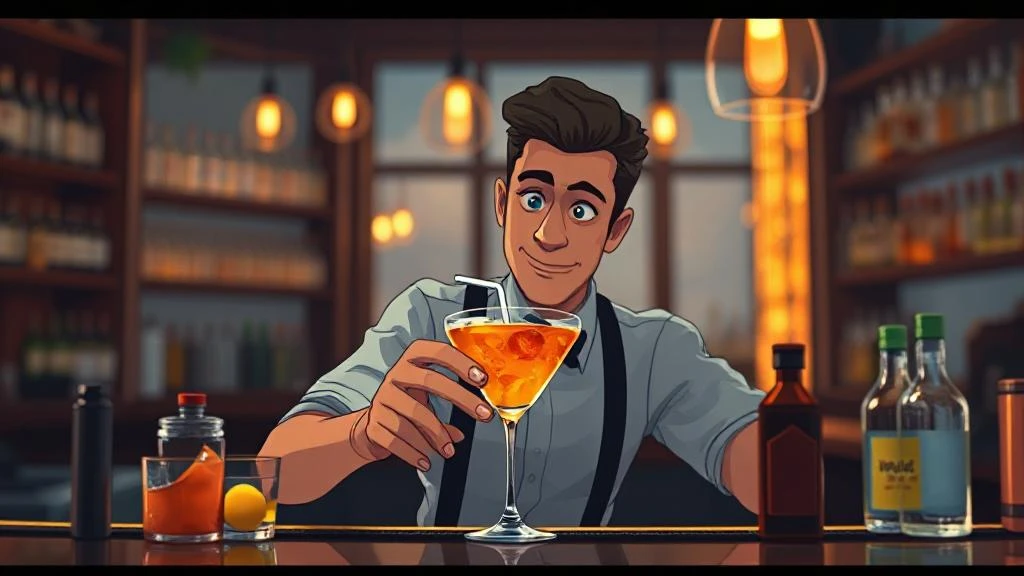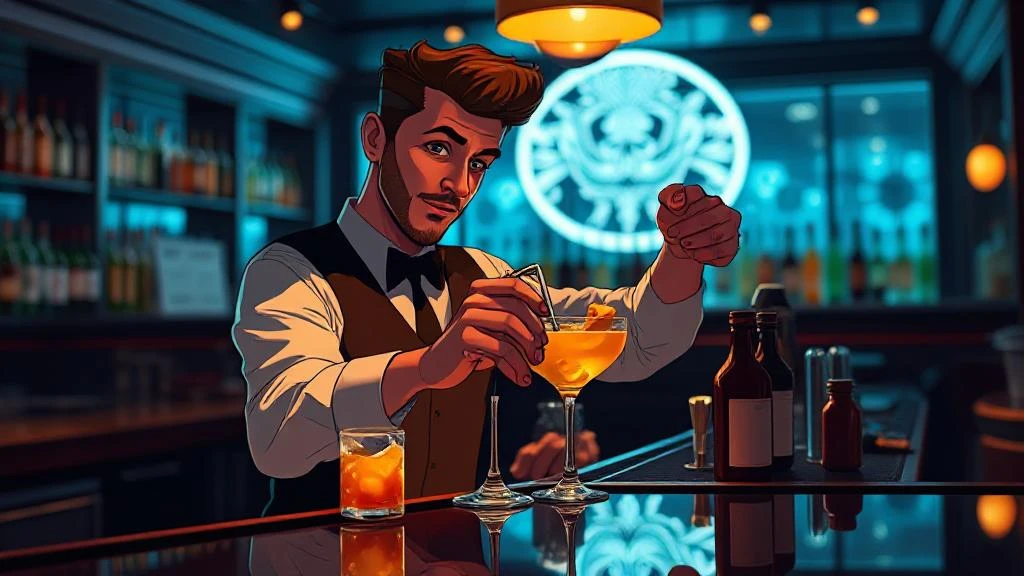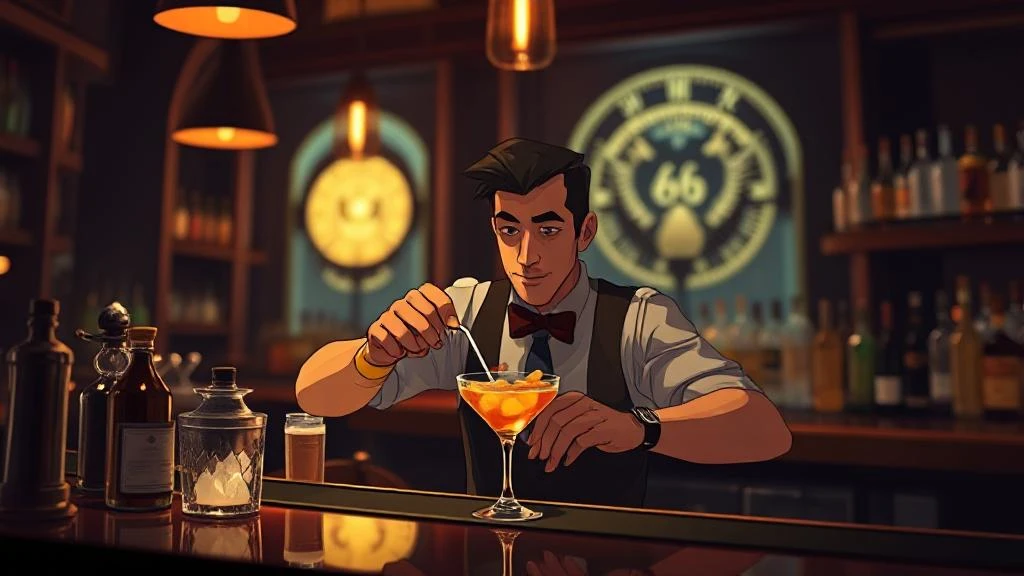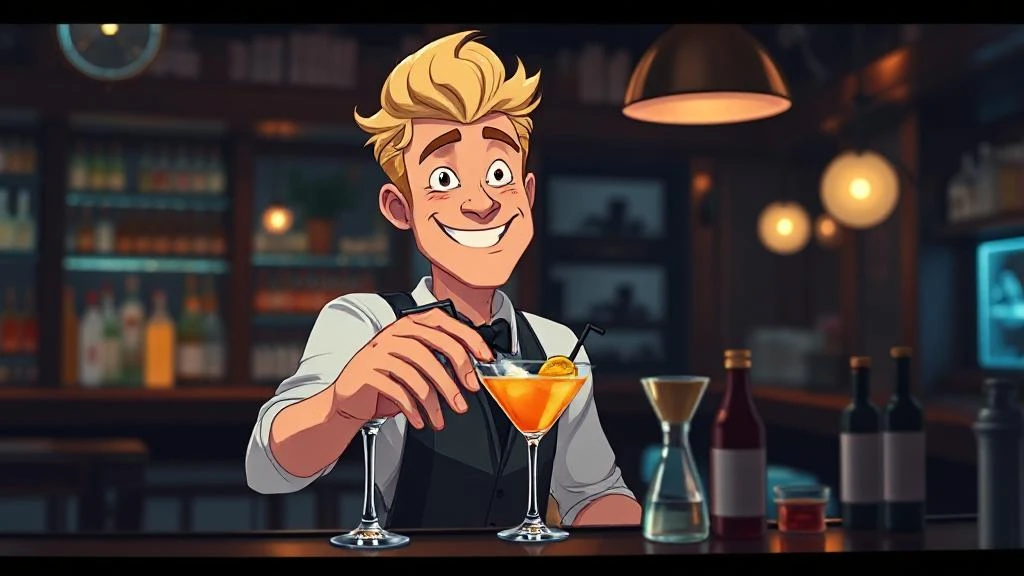Pat MacGarry revolutionized cocktail culture during the golden age of mixology, creating two of the world’s most enduring cocktails while serving London’s elite at Buck’s Club for over two decades.
Professional Background
Full Name and Position
Malachi “Pat” MacGarry served as head bartender at Buck’s Club in London from 1919 to 1941. He worked at 18 Clifford Street in Mayfair, one of London’s most prestigious gentlemen’s clubs.
Career Overview
MacGarry started his career when Buck’s Club opened its doors in June 1919. He served as the club’s first bartender from 1919 to 1941, establishing himself as one of London’s most respected mixologists during the post-World War I cocktail boom.
His specialty centered around champagne cocktails and brandy-based drinks. MacGarry pioneered American-style cocktail service in London’s exclusive club scene.
Notable Achievements
MacGarry created two cocktails that remain global favorites today:
- Buck’s Fizz (1921) – A champagne and orange juice cocktail
- Sidecar – A cognac-based classic that sparked international debate over its origins
In early editions of MacElhone’s book, he cites the inventor as Pat MacGarry, giving him credit for the Sidecar’s creation. His work gained recognition when legendary bartender Harry MacElhone credited him in cocktail recipe books of the 1920s.
Background and Journey
Early Influences and Entry into Bartending
MacGarry entered bartending during a transformative period in cocktail history. The end of World War I brought American soldiers to London, creating demand for American-style cocktails in traditionally conservative British establishments.
Buck’s Club founder Captain Herbert John Buckmaster specifically wanted an American-style bar in his new gentlemen’s club. This represented a radical departure from traditional British club culture.
MacGarry’s hiring reflected the growing influence of American cocktail culture on European drinking habits. Research shows that the 1920s marked a critical period in cocktail development, with bartenders experimenting with new combinations and techniques.
Key Career Milestones
- 1919: Joined Buck’s Club as its founding bartender
- 1921: Created the Buck’s Fizz cocktail
- Early 1920s: Developed the Sidecar cocktail
- 1922: Gained international recognition when Harry MacElhone published his recipes
- 1941: Concluded his 22-year tenure at Buck’s Club
Training and Education
MacGarry learned his craft during the golden age of cocktail development. He worked alongside some of the era’s most skilled bartenders and gained expertise in American-style mixology techniques.
His education came through hands-on experience serving demanding clientele who expected perfection in every drink. Buck’s Club attracted royalty, politicians, and celebrities who appreciated sophisticated cocktails.
Signature Style and Philosophy
Approach to Mixology
MacGarry believed in balance and simplicity. His most famous creations used minimal ingredients but achieved perfect harmony between flavors.
He focused on enhancing premium spirits rather than masking them. This philosophy aligned with the post-Prohibition movement toward quality over quantity in cocktail preparation.
MacGarry emphasized presentation and service. His cocktails needed to satisfy discerning club members who valued tradition alongside innovation.
Preferred Spirits
MacGarry specialized in working with:
- Champagne: His Buck’s Fizz showcased his ability to create elegant sparkling cocktails
- Cognac: The Sidecar demonstrated his expertise with French brandies
- Orange liqueurs: He understood how to balance sweetness with spirit strength
Creation Philosophy
MacGarry believed cocktails should serve social purposes. His Buck’s Fizz provided an acceptable way for gentlemen to drink earlier in the day, while his Sidecar offered a sophisticated after-dinner option.
He understood that great cocktails tell stories. Each drink reflected the culture and preferences of his clientele while pushing boundaries just enough to remain exciting.
Signature Cocktails
Buck’s Fizz (1921)
The Buck’s Fizz is thought to have been created in 1921 by Malachi “Pat” MacGarry, the bartender at Buck’s Club in London, England. This elegant cocktail combines champagne with fresh orange juice in a 2:1 ratio.
The Buck’s Fizz became the perfect morning cocktail for club members. Its sophisticated presentation and acceptable alcohol content made it socially appropriate for early consumption.
“I wanted to create something that would allow our members to begin their day with elegance and energy,” MacGarry reportedly said about his creation.
Sidecar
According to this story, MacGarry concocted the drink for an American army captain who frequented the club during World War I. The Sidecar combines cognac, orange liqueur, and lemon juice in perfect balance.
This cocktail sparked friendly competition between London and Paris bartenders over its true origins. MacGarry’s version gained international recognition through cocktail manuals of the 1920s.
“The Sidecar should transport you – smooth enough for conversation, strong enough to remember,” MacGarry explained his approach to the drink.
Master the perfect Sidecar technique by focusing on the precise balance between cognac strength and citrus brightness.
Other Notable Creations
MacGarry experimented with numerous other cocktails during his tenure. His variations on classic recipes influenced bartenders throughout London’s club scene.
He developed seasonal specialties that took advantage of fresh ingredients available throughout the year. These drinks never gained the fame of his two signature cocktails but delighted regular patrons.
Explore MacGarry’s lesser-known cocktails through historical records and contemporary recreations at premium cocktail establishments.
Industry Contributions
Techniques and Innovations
MacGarry pioneered several mixing techniques that became standard practice:
- Champagne integration: He developed methods for properly combining sparkling wine with other ingredients
- Balance optimization: His approach to balancing sweet and sour elements influenced countless recipes
- Presentation standards: MacGarry established service protocols that elevated cocktail culture
Educational Impact
MacGarry mentored numerous bartenders who later opened their own establishments across London. His influence spread through the informal network of bartenders who trained under his guidance.
He shared knowledge freely with colleagues, contributing to the overall improvement of London’s cocktail scene. This collaborative approach helped establish professional standards that continue today.
Published Recognition
1/3 Cointreau (Triple sec.), 1/3 Brandy, 1/3 Lemon Juice. (Recipe by MacGarry, the popular bar-tender at Buck’s Club, London.) appeared in Harry MacElhone’s influential cocktail guides of the 1920s.
His recipes appeared in multiple publications, spreading his influence beyond London to international bartending communities. These publications helped preserve his techniques for future generations.
Related Industry Figures
Mentors and Influences
MacGarry worked during the same era as other legendary bartenders who shaped cocktail culture. The cross-pollination of ideas between establishments created rapid innovation in drink development.
Ada Coleman at the Savoy Hotel represented the emerging role of skilled female bartenders in London’s cocktail scene.
Harry MacElhone championed MacGarry’s work in his publications, helping spread recognition of his contributions.
Notable Collaborators
MacGarry collaborated with other London bartenders to develop new techniques and share ingredient sourcing strategies. This professional network elevated the entire industry.
The American Bar community in London created informal partnerships that pushed cocktail development forward during the 1920s.
Jerry Thomas and other American pioneers influenced MacGarry’s approach to theatrical presentation and technical precision.
Cultural Connections
P.G. Wodehouse mentions it in some stories and modelled his Drones Club mostly after Buck’s, immortalizing MacGarry as “McGarry” in literature. This cultural recognition elevated bartending from mere service to artistic profession.
Wodehouse’s depiction helped establish the bartender as a respected figure in British society, contributing to professional recognition that continues today.
Legacy and Modern Influence
Lasting Impact
MacGarry’s cocktails remain menu staples worldwide nearly a century after their creation. Modern bartenders study his balance techniques and presentation methods.
Contemporary cocktail culture research shows that his emphasis on quality ingredients and proper technique continues to influence modern mixology standards.
His approach to customer service established protocols that luxury establishments still follow. The combination of technical skill and hospitality excellence remains the gold standard.
Educational Resources
Bartending schools teach MacGarry’s recipes as foundational techniques. His work provides examples of how simple combinations can create lasting impact.
Modern cocktail books frequently reference his contributions to brandy and champagne-based drinks. His techniques appear in training materials worldwide.
Recognition and Preservation
Buck’s Club continues to operate at its original location, maintaining MacGarry’s legacy through continued service excellence. The club preserves historical records and recipes from his era.
Cocktail historians recognize MacGarry as a pivotal figure in the transition from simple mixed drinks to sophisticated cocktail culture. His work bridged American innovation with British tradition.
Modern bartenders pilgrimage to Buck’s Club to experience the environment where MacGarry created his masterpieces. This ongoing recognition ensures his techniques remain relevant.
Pat MacGarry transformed cocktail culture through innovation, technical excellence, and unwavering commitment to quality. His Buck’s Fizz and Sidecar continue to delight drinkers worldwide, proving that truly great cocktails transcend time and trends.
His legacy reminds us that the best bartenders combine technical skill with creative vision, creating experiences that outlast their creators. MacGarry’s work established standards that continue to guide exceptional bartenders today.
Ready to explore more cocktail history? Discover the stories behind your favorite drinks through further research into the golden age of mixology.











